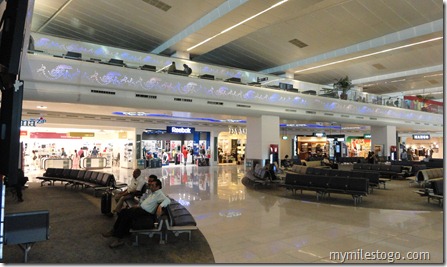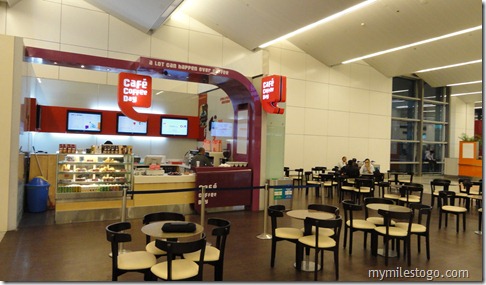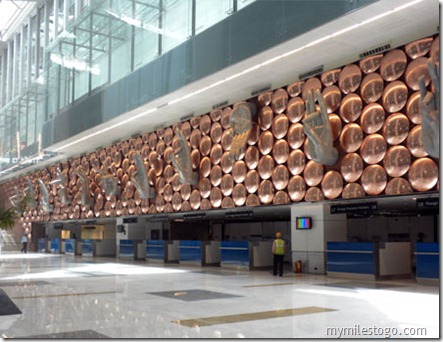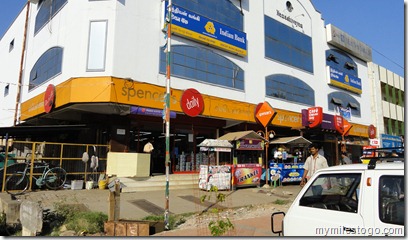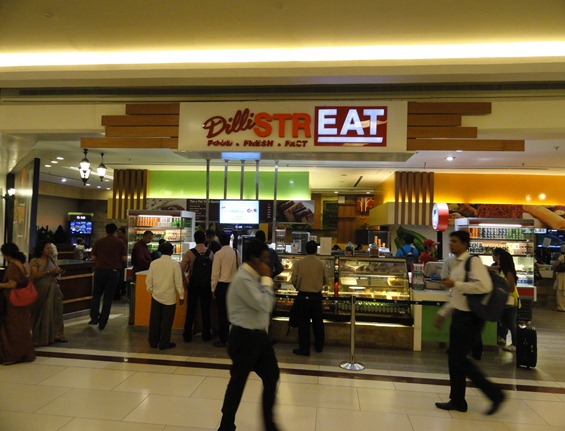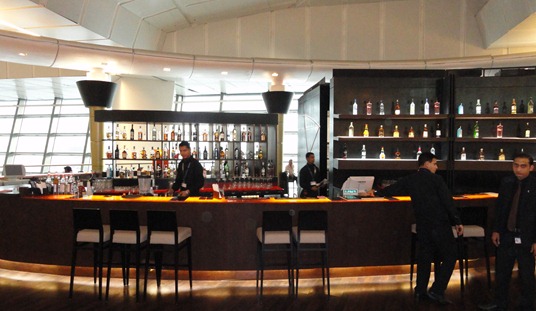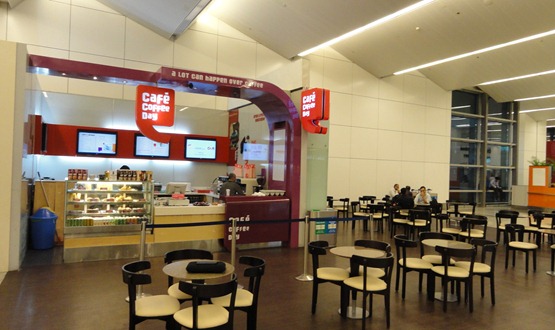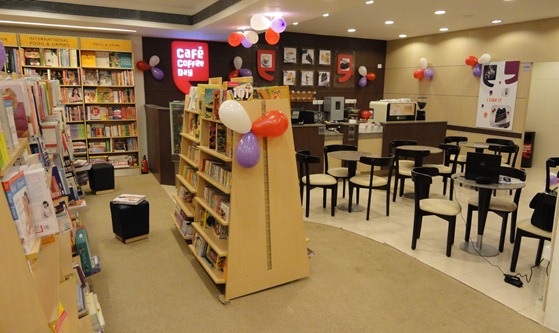The past few weeks would have been one of the most tumultuous for India’s five star Airline, Kingfisher! The Airline and its promoter Dr. Vijay Mallya were in the news (and continue to be) for all the wrong reasons. The India Media which I personally respect a lot were making some scathing remarks and reports all of a sudden about the airline’s business health although it knew about it for many years now being a public limited company. With a debt exceeding Rs. 7,000 Crores (USD 1.80 Billion), Cash-and-carry of Fuel at airports and a few flights grounded for reconfiguration of seats, the Airline was abused by one and all including those who otherwise held it in high esteem. It was common to see many passengers at airport lounges discussing their wisdom and advising how the Airline should be run and how the promoter and the Management can do better. These were some of those who earlier yearned to be seen in the Kingfisher Lounges at airports! In fact, some subscribed for the Kingfisher-Amex credit card so they would get free and immediate access to these Lounges (obviously not for Kingfisher parties which were for the most elite). And some would go any length to get a Kingfisher calendar (in the same lines of a Pirelli calendar). Serious. No Kidding. Anybody who is somebody had a word of advice for the airline. They should do this; they shouldn’t have done that and so on. Naturally (sic).
I am not an Aviation Expert or one who shares Management Consulting for free. I have my own thoughts about the airline, and those are my views. Running a USD 2 Billion empire and being the second largest liquor company in the world (UB is expected to reach the number one position sometime in 2012), I believe Mr. Mallya and Co. knows their business best despite the unconventional ways of how entrepreneurs run their business (rare to see them plunge in Horse & Car Racing or hosting the most enviable parties at Monaco & Monte Carlo). The airline is going through some turbulence and I am sure they would come out of it sooner than later. Whether someone picks up a stake in the airline or if the Banks bail them out is one thing, but the exemplary five-star service which Kingfisher introduced is something that is worth living for. As eminent scholar Swaminathan Anklesaria Aiyar said in his recent article, “Kingfisher is worth saving!”
There are some interesting learning that our Retail Industry could take from the state of affairs of Kingfisher, which I have listed as below;
Scale-Up but at what cost
The airline was founded six years ago and has hence scaled up reasonably well, in fact started flying international since 2009 after acquiring Air Deccan (which was seen as the main reason for buying out). However, some of the routes it was operating were just not profitable. A Few were as per govt. Regulations such as flying to the North East of India, but there were some routes that could have been avoided. I guess this applies to Retailers as well. In a quest to expand their presence some Retailers like those in the F&B business such as cafes, speciality restaurants, etc. enter new cities and towns although they would just not be profitable ever! For Ex., the number of staff who are required to manage an outlet, a region & a territory would just not make sense unless the number of stores are reasonably big.
Being Everything for Everybody
At the India Retail Forum in 2010, Mr. Kishore Biyani of The Future Group made a statement which many of us in the industry vouched for – “A Retailer cannot be everything for everybody!”. Such powerful words. And makes so much sense. This applies a lot especially for Luxury Retailers. One thing that Kingfisher did was to position itself for the fashionable few with all its flamboyance and exclusivity. Later, when it bought out Air Deccan, it created a platform in the low-cost segment with “Kingfisher Red” which was recently scrapped off. In the meanwhile, Kingfisher was offering differential service patterns across its flights – some were served hot food on the house while some had to pay exorbitant prices for cold sandwiches!
Price Matters – Discounts don’t work all the time
In tune with many other airlines offering everyday low fares, Kingfisher was also pricing its fares accordingly. This, I believe was one of the earliest and biggest mistakes the airline did although it had an option not to do so. Many Retailers, to gain easy and quick market share especially Hypermarkets and Supermarkets work aggressively on their pricing and create hundreds of loss-leaders. That way, they attract footfalls in the initial stages although they would never be able to lift prices in future. This is a dangerous strategy that Retailers should keep monitoring constantly. Although it is fine to change the market positioning once in a while, one has to be careful in the long-term.

Competition – Creating a Niche for oneself
Over time, Competition will increase, irrespective of which business one is operating in. For Kingfisher, it was initially the low cost Indian counterparts and over time, International airlines were also competing for market share. This applies to Retailers such as those in the Fashion segment. It is but natural that international brands would enter India eventually, given the potential the 10 million plus affluent households we have which is their main target segment. This should be part of the Strategy and not a knee-jerk reaction.
Managing the Media
Most importantly, Media should be well-managed – always. To say the least, lesser the better. Kingfisher has been the darling of the Media, with all the red short skirts, the sexy parties and those PYTs who are partying. Every move of the airline has been well covered and captured right from the first page, the Page 3 as well as in the last pages of the newspapers (the sports pages, usually). TV Channels have never missed covering its important times, and there is even a channel dedicated to the Good Times! Most Retailers fail to engage the Media well – either they are over exposed or under-exposed. Well, its worth discussing the business priorities and problems from time to time to- and with the media, rather than bringing it all at once. The recent discussions and view points on allowing FDI in Retail is a great example. Many Retailers, who were initially reluctant on the subject have now done a volte-face because they are cash-strapped by agreeing to bring in foreign retailers in to the fray! This stance will affect them sooner than later, with the media as well as their consumers.
Life’s lessons come from various quarters all the while and this time it is in the form of Kingfisher airlines. It is up to us to make good use of wisdom, irrespective where it comes from.

